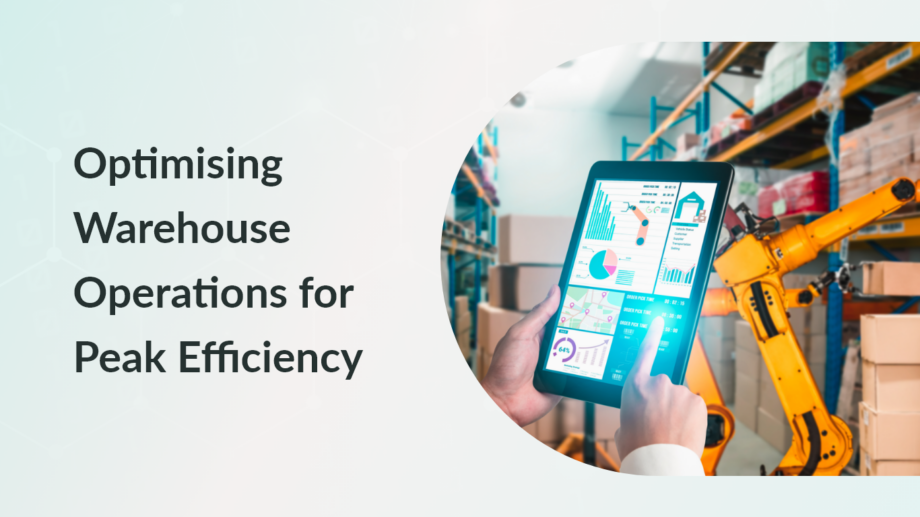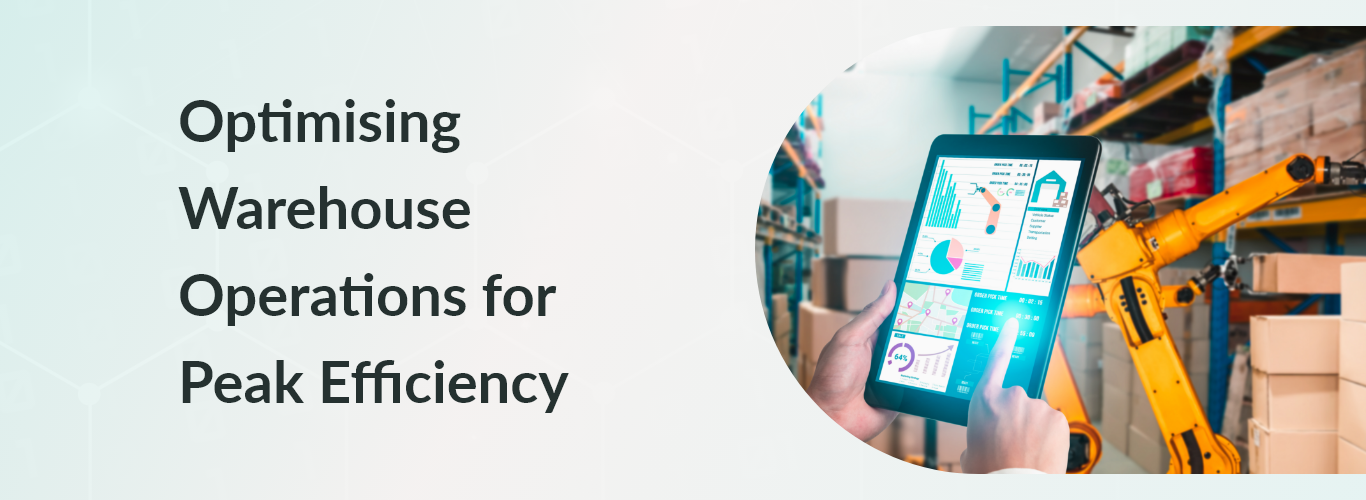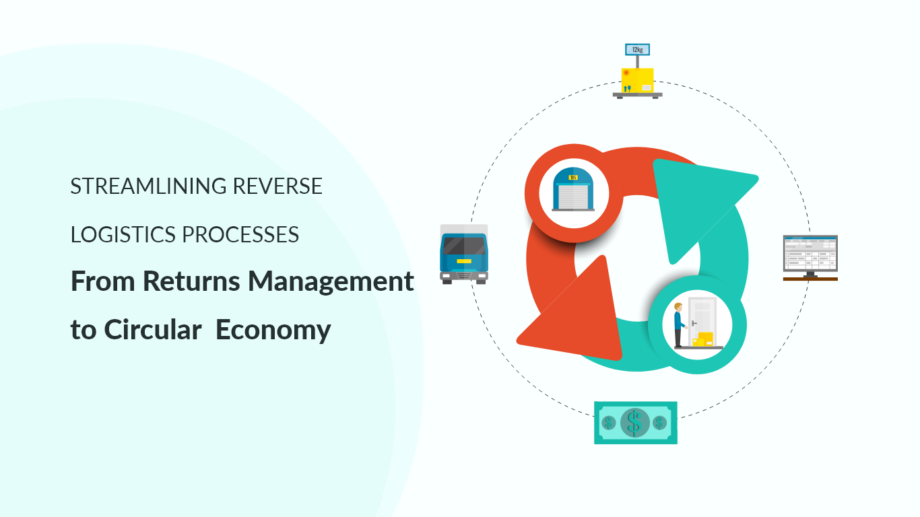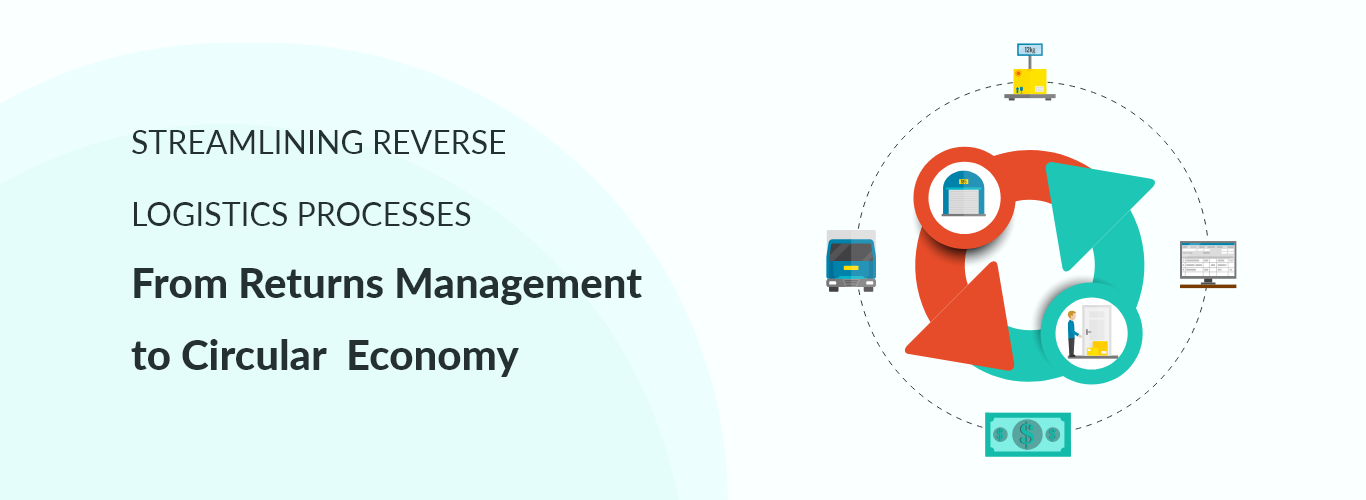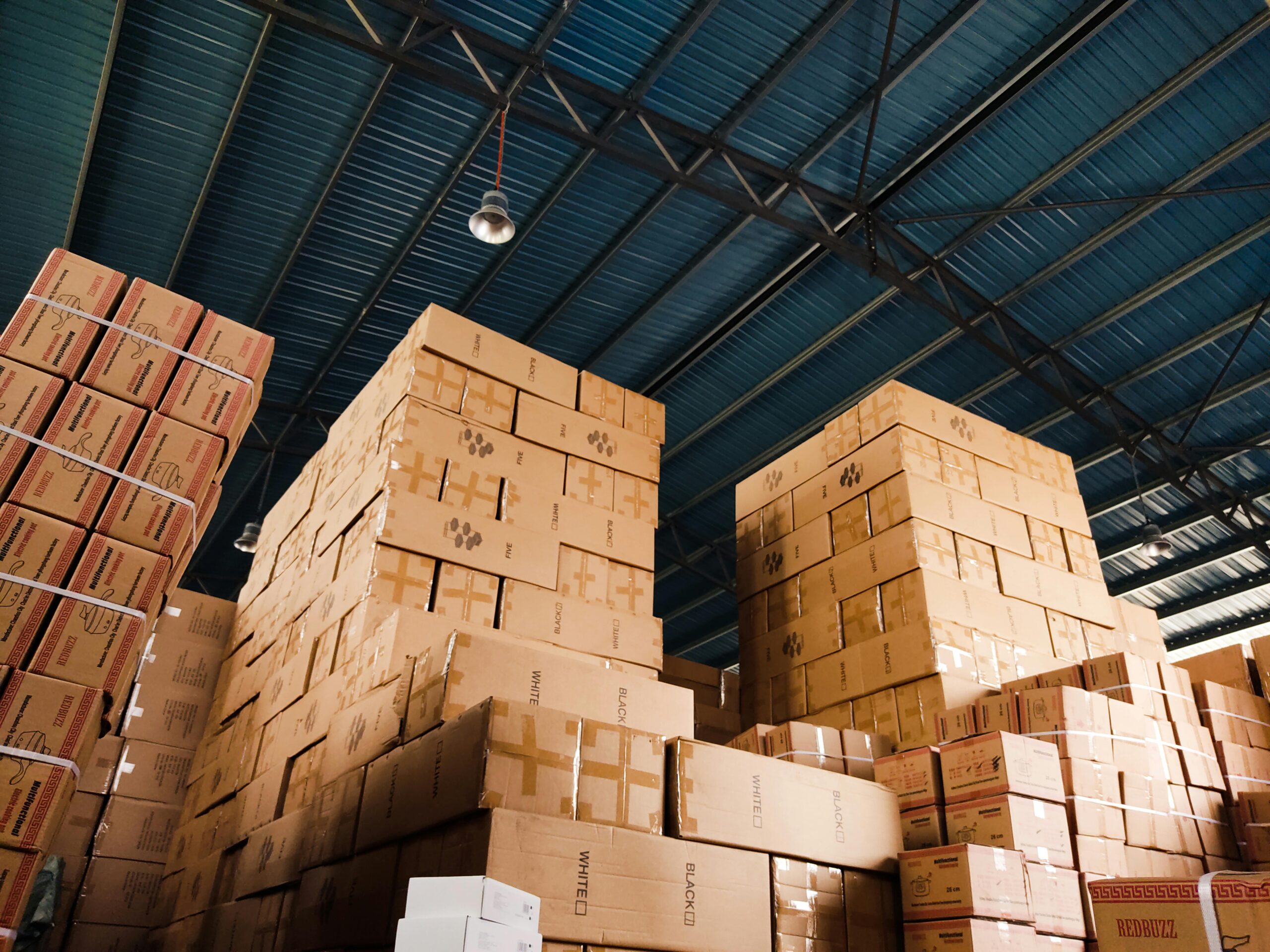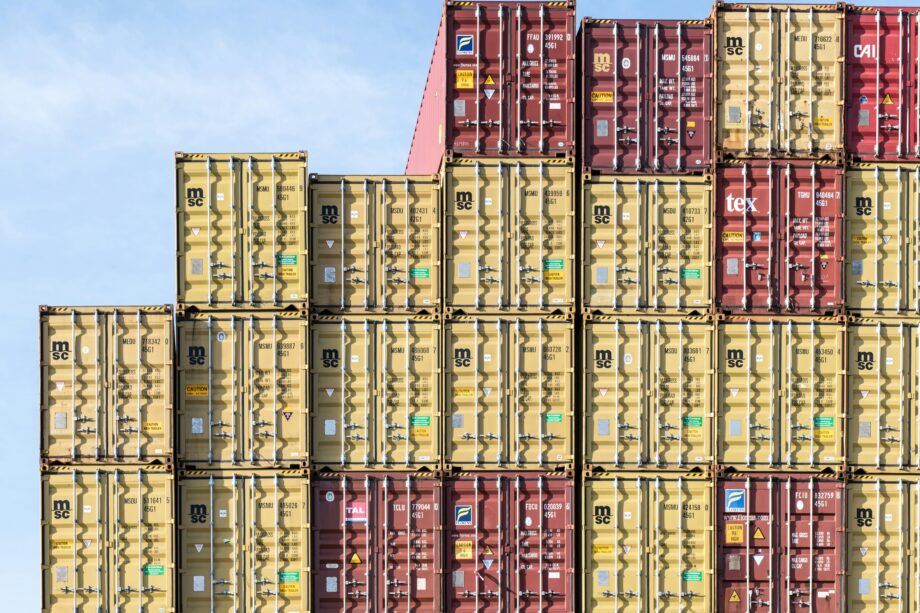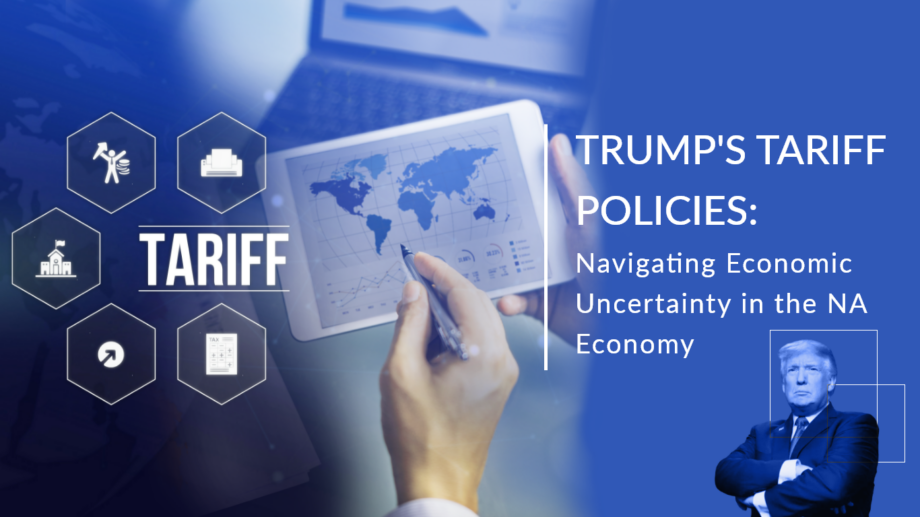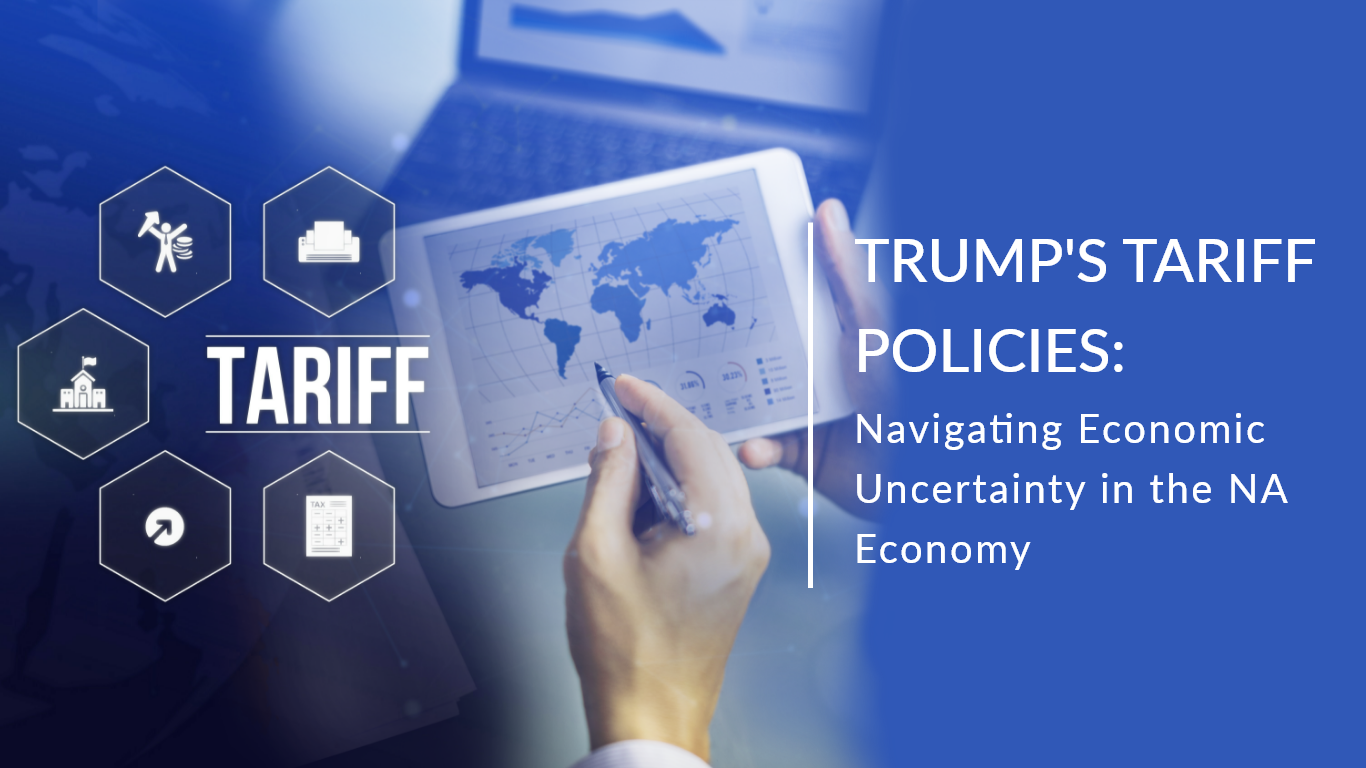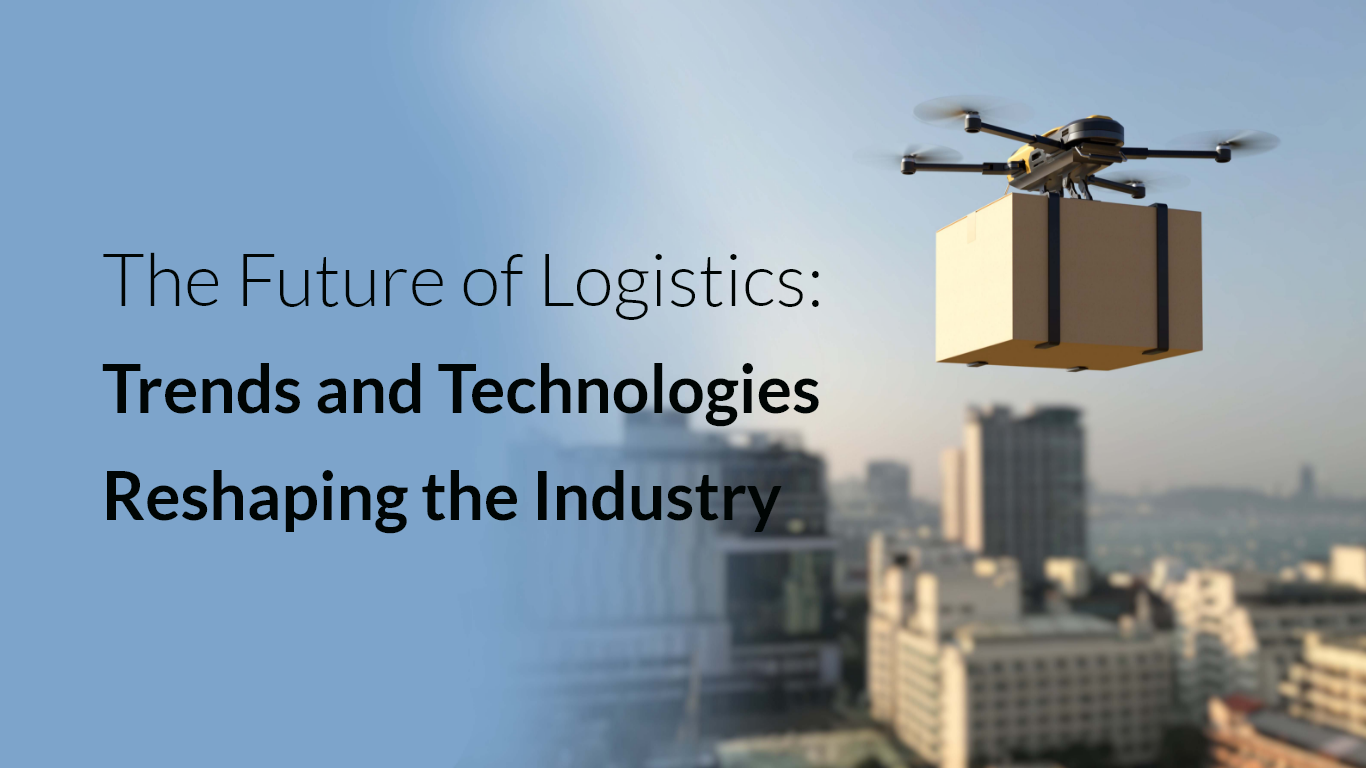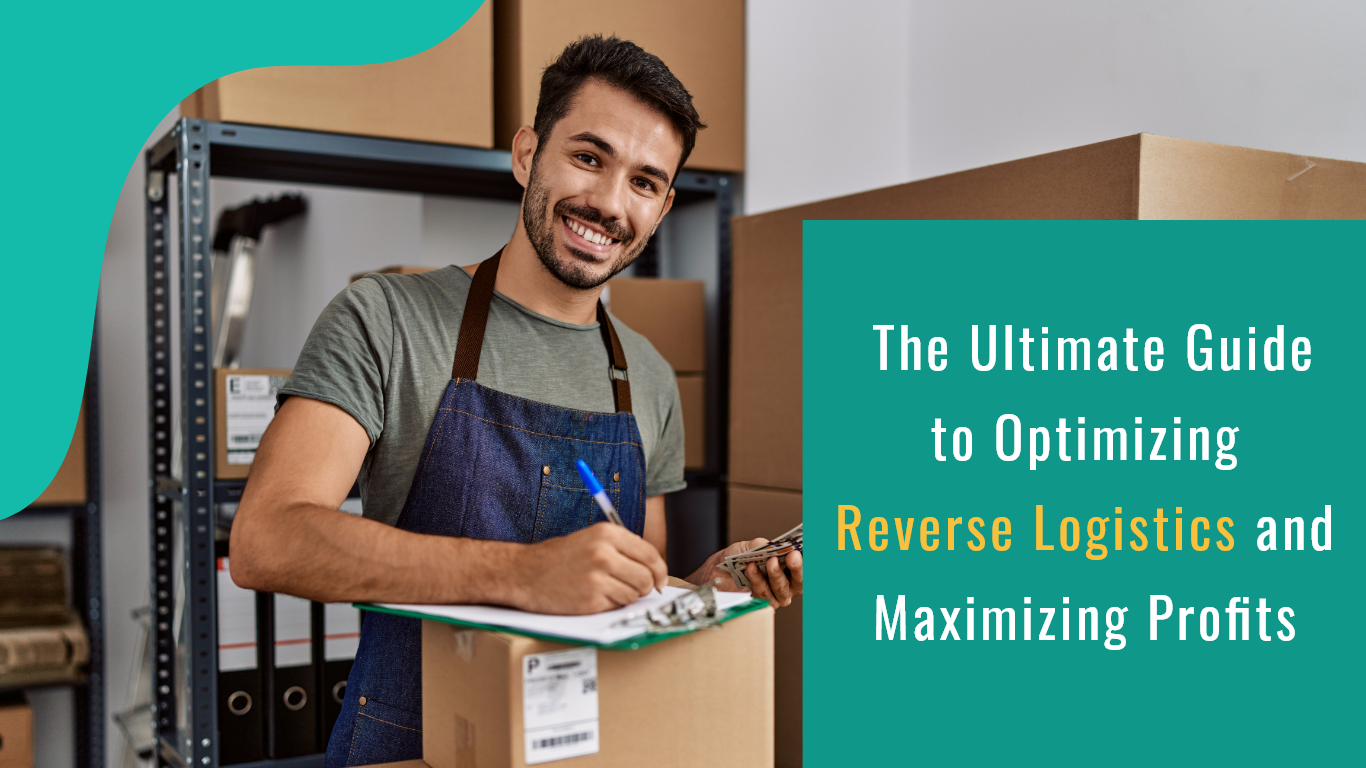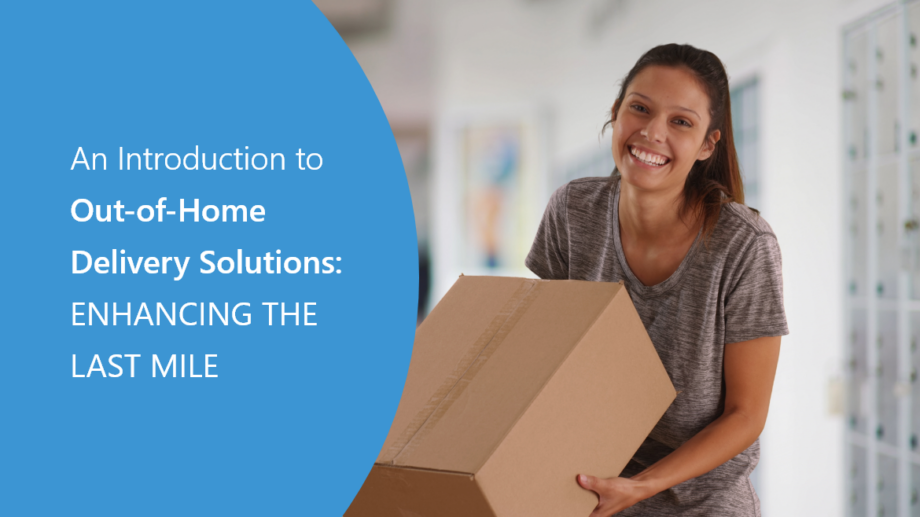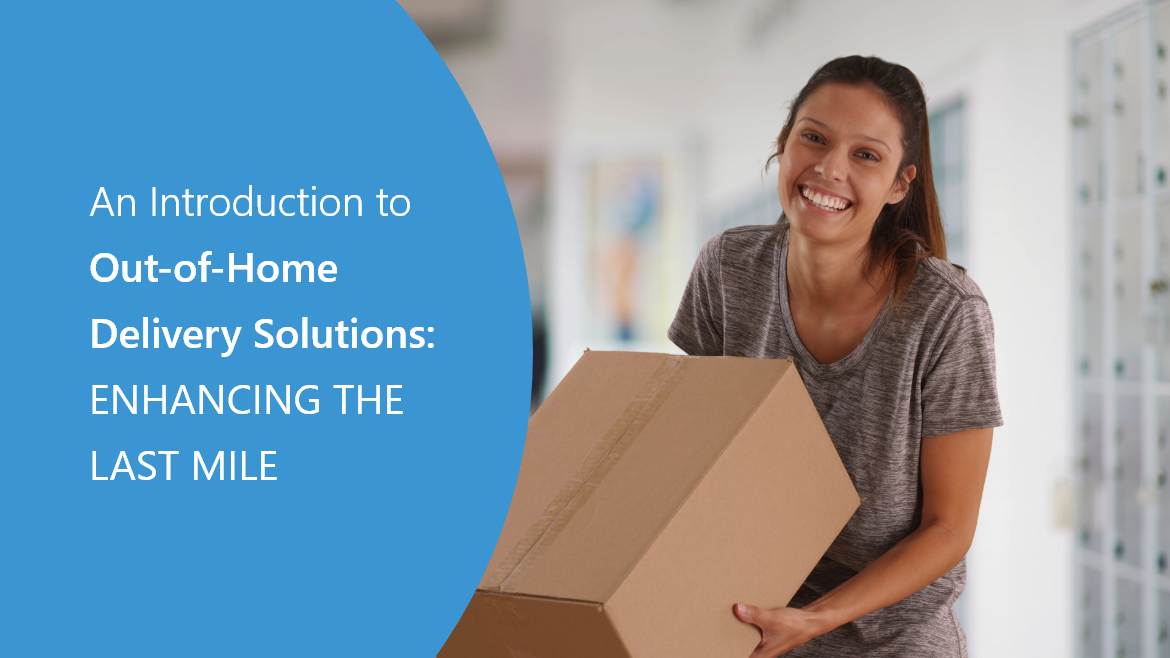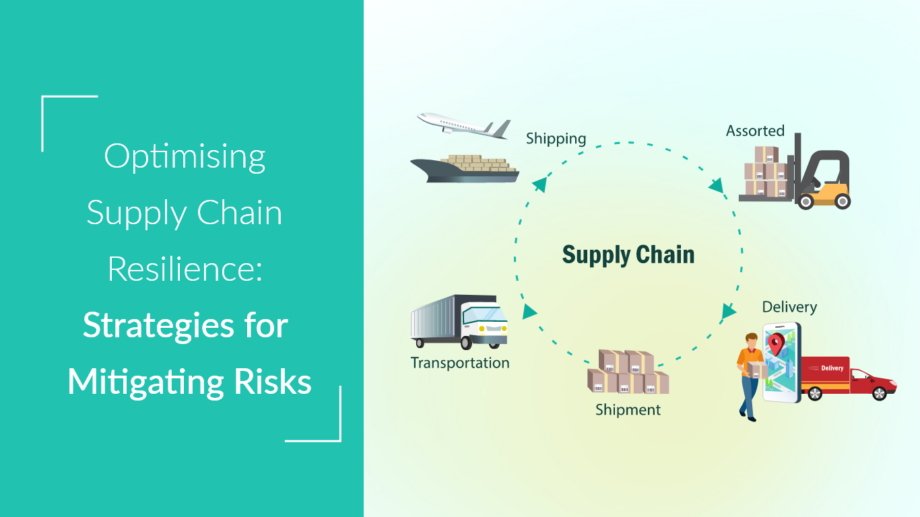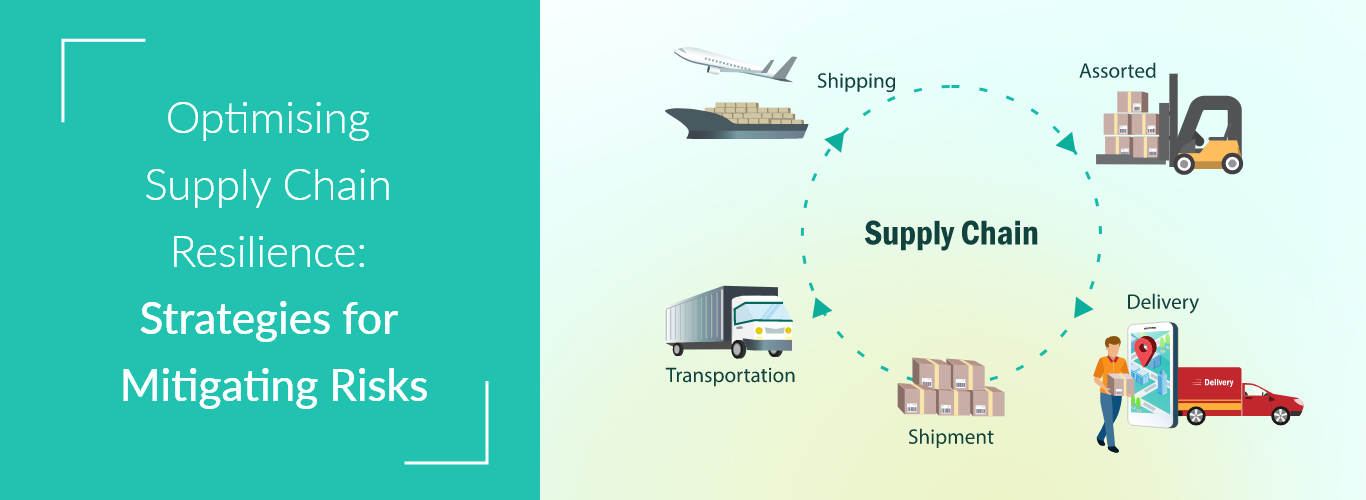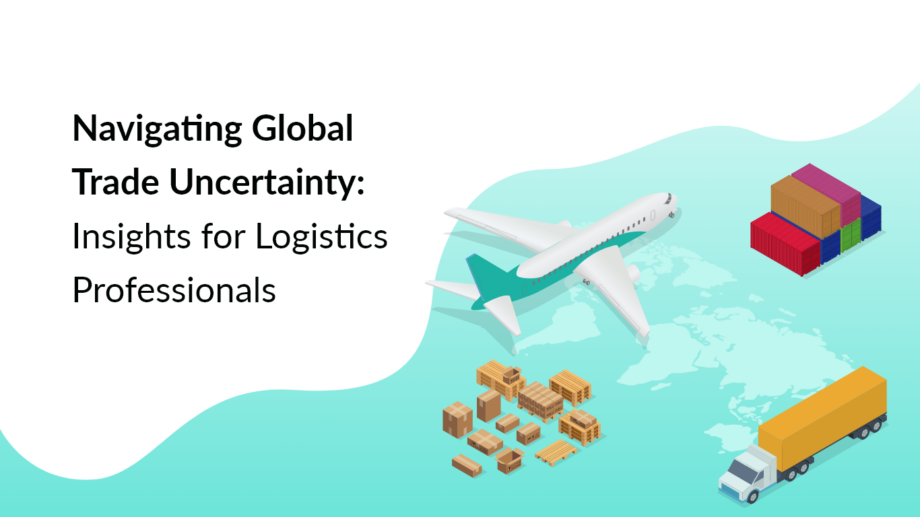Optimizing Warehouse Operations: Data-Driven Solutions for 2025
Introduction
In today’s hyper-competitive business environment, warehouse efficiency is a cornerstone of operational success. The global warehousing market, projected to reach $43.1 billion by 2025 with a compound annual growth rate (CAGR) of 4.7%, is undergoing rapid transformation driven by e-commerce expansion, omnichannel retail demands, and heightened customer expectations for rapid delivery. For context, e-commerce sales are expected to account for 24% of global retail sales by 2026, up from 18% in 2023, intensifying pressure on warehouses to optimize operations.
However, a glaring disconnect persists between perceived and actual technological efficacy in warehouses. While 93% of managers express confidence in meeting customer expectations, only 58% succeed—a 28-point gap that translates to tangible losses: missed deliveries, eroded customer trust, and an estimated $1.1 trillion in annual global supply chain costs due to inefficiencies. This gap underscores the urgency for advanced solutions that bridge operational aspirations with reality.
Enter LogixGRID, a pioneer in logistics innovation, whose LogixPlatform empowers warehouses to achieve peak efficiency. With warehouse sizes ballooning from 65,000 sq ft in 2000 to 210,000 sq ft in 2024—a 223% increase—the stakes for optimal space utilization, inventory accuracy, and process automation have never been higher. This article explores the pressing challenges in warehouse management and how LogixPlatform’s data-driven solutions are redefining operational excellence.
Key Challenges in Warehouse Operations
Modern warehouses face multifaceted hurdles that impede efficiency. Below, we dissect these challenges with granular data and real-world implications.
1. Manual Processes: The Costly Relic of the Past
Despite technological advancements, 46% of small-to-midsize businesses (SMBs) still rely on manual inventory tracking. Paper-based systems and manual data entry remain pervasive, leading to errors, delays, and inflated costs. Consider these impacts:
- Labor Costs: Manual processes inflate labor expenses by 30%, as workers spend hours reconciling spreadsheets or correcting errors.
- Picking Errors: A 23% error rate in manual picking results in $10,000 annual losses per warehouse due to mispicks and returns.
- Processing Delays: Orders take 35% longer to process manually, delaying shipments and frustrating customers.
Case Study: A Midwest retailer using manual systems experienced a 20% error rate in holiday shipments, leading to $250,000 in returns and a 15% drop in customer satisfaction. After adopting LogixPlatform’s automation, errors fell to 2%, and processing times improved by 40%.
2. Poor Inventory Management: The Silent Profit Killer
While 77% of warehouses use safety stock practices, 63% lack advanced monitoring tools, resulting in:
- Excess Inventory: $1.1 trillion is tied up globally in excess stock, straining cash flow.
- Stockouts: 34% of consumers abandon brands after just one stockout, costing retailers 65% of potential sales.
- Space Misuse: With global warehouse vacancy rates at a historic low of 2.8%, inefficient layouts waste 30% of available space.
Example: A European electronics distributor faced recurring stockouts of high-demand items while overstocking obsolete products. Implementing LogixPlatform’s demand forecasting reduced stockouts by 75% and cut carrying costs by 22%.
3. Order Fulfillment Challenges: The Expectation-Reality Chasm
Pre-season confidence among managers (70%) starkly contrasts with actual fulfillment success rates (42%). This 28-point gap reflects systemic issues:
- Inefficient Picking Routes: Workers travel up to 6 miles daily in non-optimized warehouses, wasting 50% of shift time.
- Manual Sorting Errors: 15% of orders require rework due to incorrect item selection or labeling.
- Lagging Tech Adoption: Only 10% of warehouses use autonomous robots, despite their proven 300% productivity boost.
4. Limited Real-Time Visibility: Flying Blind in a Data-Driven Era
While 77% of warehouses use mobile tech and 76% employ barcode scanners, siloed systems and delayed reporting hinder agility. Consequences include:
- Reactive Decision-Making: Managers address issues post-occurrence, leading to 20% higher downtime.
- Inaccurate Demand Signals: Without real-time data, forecast accuracy drops by 35%, increasing stock discrepancies.
- Supply Chain Disruptions: The average company loses $184 million annually to supply chain disruptions exacerbated by poor visibility.
Achieving Excellence with LogixPlatform
LogixPlatform’s suite of tools directly addresses these challenges through automation, predictive analytics, and seamless integration. Let’s explore its components in detail.

1. Automating Manual Processes: Precision at Scale
LogixPlatform replaces error-prone manual tasks with intelligent automation:
- Robotic Process Automation (RPA): Automates data entry and order processing, reducing labor costs by 30%.
- AI-Driven Workflow Optimization: Algorithms analyze historical data to streamline task assignments, cutting processing times by 40%.
- Voice-Picking Systems: Guides workers via voice commands, reducing picking errors by 90%.
Impact Metrics:
- Labor costs drop by 30% within six months.
- Productivity rises 40% through optimized workflows.
- Space utilization improves by 50% via AI-recommended layouts.
Industry Trend: 64% of warehouses now invest in automation—a 20% YoY increase—signaling a shift from luxury to necessity.
2. Advanced Inventory Management: From Reactive to Predictive
LogixPlatform leverages machine learning and IoT for real-time oversight:
- RFID & Barcode Integration: Each item is tracked via RFID tags, updating stock levels instantaneously.
- Demand Forecasting: Predictive models analyze sales trends, seasonality, and market shifts, improving forecast accuracy by 45%.
- ABC Analysis: Automatically categorizes inventory by value (A), turnover (B), and obsolescence risk (C), optimizing stock levels.
Results:
- 25% productivity gain from reduced stockouts.
- 30% improvement in stock turnover.
- 90% space savings via automated storage/retrieval systems (AS/RS).
Case Study: A pharmaceutical distributor reduced excess inventory by 60% using LogixPlatform’s ABC analysis, freeing $2 million in working capital.
3. Automated Order Processing: Speed Meets Accuracy
LogixPlatform’s end-to-end automation transforms order fulfillment:
- Smart Order Routing: AI assigns orders to optimal fulfillment centers based on proximity, stock levels, and carrier rates.
- Autonomous Mobile Robots (AMRs): Transport goods 3x faster than manual picking, slashing cycle times.
- Automated Packaging: Dimension-scanning systems select right-sized packaging, reducing material costs by 25%.
ROI Breakdown:
- 300% productivity boost via AMRs.
- 85% workforce efficiency gains.
- ROI achieved in 6–18 months.
Trend Insight: 30% of warehouses are piloting AMRs, driven by labor shortages and throughput demands.
4. Real-Time Inventory Management: The IoT Revolution
LogixPlatform’s IoT integration provides unparalleled visibility:
- Smart Sensors: Monitor temperature, humidity, and stock levels, alerting managers to deviations.
- Automated Replenishment: Systems trigger purchase orders when stock hits predefined thresholds.
- Live Dashboards: Display inventory metrics across multiple locations, enabling proactive adjustments.
IoT Impact Table:
| Metric | Without IoT | With IoT | Improvement |
|---|---|---|---|
| Inventory Level | 57.11 units | 73.98 | +29.5% |
| Service Level | 82% | 95% | +13% |
| Tracking Accuracy | 78% | 99.9% | +21.9% |
Essential Tools for Warehouse Managers
LogixPlatform equips managers with cutting-edge tools to navigate complexity:
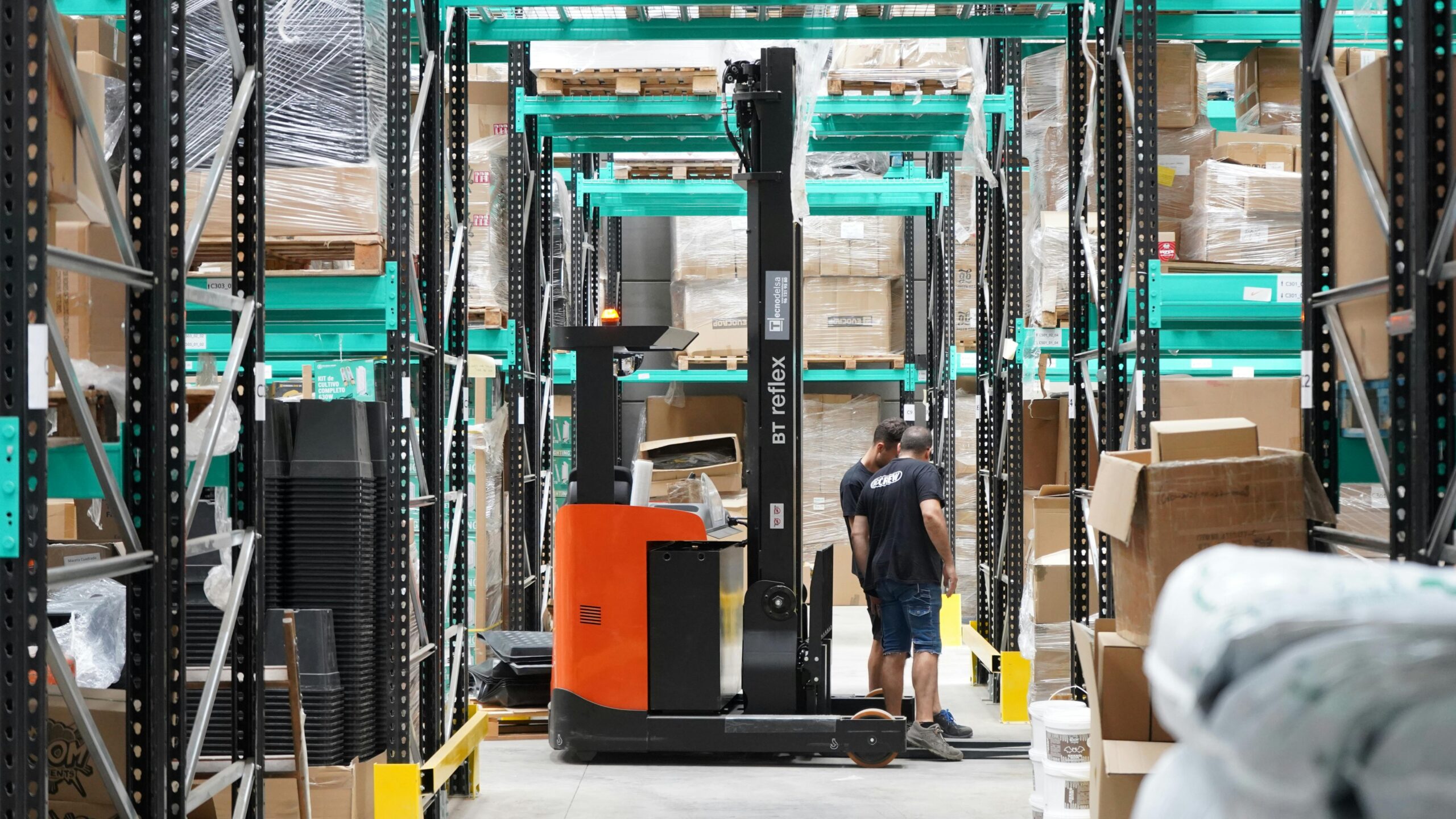
1. Performance Analytics Dashboard: Data at Your Fingertips
The dashboard provides actionable insights via:
- Real-Time KPIs: Monitor order accuracy, cycle times, and throughput.
- Heatmaps: Identify bottleneck zones (e.g., congested picking areas).
- Predictive Alerts: Flag potential delays before they occur.
Use Case: A 3PL provider reduced dwell time by 22% after using heatmaps to redesign workflows.
2. Workforce Management: Optimizing Human Capital
With median hourly wages at $23.50, labor efficiency is paramount. LogixPlatform offers:
- AI-Powered Scheduling: Matches staff levels to demand forecasts, cutting overtime by 18%.
- Skill-Based Tasking: Assigns roles based on employee certifications (e.g., forklift operators).
- Gamification: Boosts morale via performance-based rewards, increasing productivity by 12%.
3. Seamless Integration: Unifying Disparate Systems
LogixPlatform integrates with:
- ERP Systems: SAP, Oracle, and Microsoft Dynamics sync inventory data in real time.
- E-Commerce Platforms: Direct API connections with Shopify, WooCommerce, and Amazon.
- Transportation Management: Optimizes carrier selection and dock scheduling.
Example: A retailer integrated LogixPlatform with Salesforce CRM, enabling customer service reps to access real-time order statuses, reducing inquiry resolution time by 50%.
The ROI of Warehouse Optimization
Investing in LogixPlatform yields measurable financial and operational returns:

1. Cost Reduction
- Space Savings: AS/RS cuts floor space needs by 90%, saving $150,000 annually in a 100,000 sq ft facility.
- Labor Efficiency: A 30% reduction in manual tasks saves $500,000 yearly for a 200-employee warehouse.
2. Error Elimination
- Picking Accuracy: 99.9% accuracy reduces mispick costs by $10,000 annually.
- Automated Audits: RFID scans cut inventory discrepancies by 98%.
3. Customer Satisfaction
- Faster Deliveries: 2-day shipping compliance improves by 40%, boosting customer retention.
- Transparency: Real-time tracking links reduce WISMO (“Where Is My Order?”) calls by 60%.
4. Sustainability Gains
- Energy Efficiency: Smart lighting and HVAC systems lower energy costs by 25%.
- Waste Reduction: Right-sized packaging decreases material waste by 30%.
Conclusion: Bridging the Gap to Future-Ready Warehousing
The 28-point gap between managerial confidence and operational reality is not insurmountable. LogixGRID’s LogixPlatform provides the technological backbone to transform warehouses into agile, data-driven hubs. By automating processes, enhancing visibility, and optimizing inventory, businesses can slash costs, satisfy customers, and future-proof operations.
As warehouses expand and consumer expectations escalate, the choice is clear: embrace innovation or risk obsolescence. LogixPlatform’s proven ROI, scalability, and integration capabilities position it as the catalyst for next-generation warehousing. The future belongs to those who harness data—today’s competitive edge is tomorrow’s industry standard.
Begin your optimization journey with a free LogixPlatform audit. Within weeks, uncover hidden inefficiencies and chart a path to 2025-ready operations. Visit LogixGRID.com to schedule your consultation and join leaders who’ve turned warehouse challenges into strategic advantages.
Future Trends to Watch
- AI-Powered Predictive Maintenance: Reducing equipment downtime by 50%.
- Blockchain for Transparency: Enhancing supply chain traceability.
- Green Warehousing: Achieving net-zero emissions through smart energy use.
By staying ahead of these trends with LogixGRID, your warehouse won’t just adapt to the future—it will define it.


